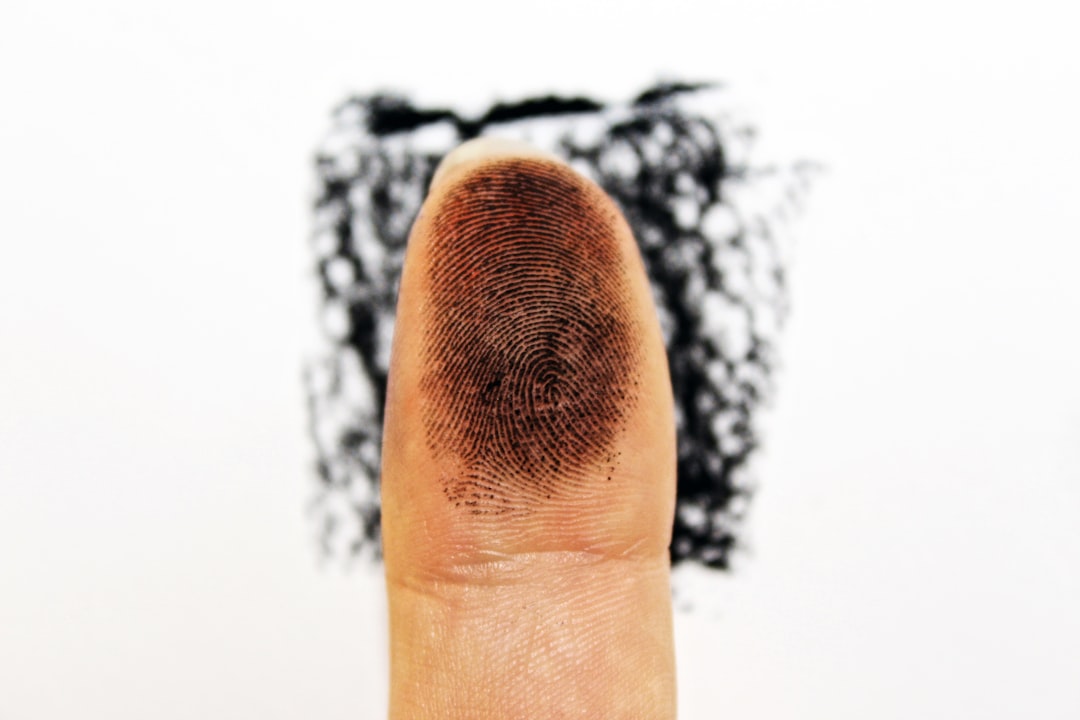Electrical drafting services play a crucial role in the design and implementation of electrical systems, ensuring that projects are executed with precision and efficiency. These services encompass a wide range of activities, from creating detailed schematics to generating comprehensive documentation that guides the installation and maintenance of electrical systems. In this article, we will explore the importance of electrical drafting services, the various types available, and how they contribute to successful project outcomes.
At its core, electrical drafting involves the creation of technical drawings that illustrate the layout and functionality of electrical systems. These drawings serve as blueprints for electricians, engineers, and contractors, providing them with the necessary information to execute their work effectively. The accuracy of these drawings is paramount; any discrepancies can lead to costly mistakes, project delays, and safety hazards.
One of the primary benefits of utilizing electrical drafting services is the ability to visualize complex systems before construction begins. With advanced software tools, drafters can create 2D and 3D representations of electrical systems, allowing stakeholders to assess the design and make adjustments as needed. This visualization process not only enhances understanding but also facilitates collaboration among team members, ensuring everyone is on the same page.
Moreover, electrical drafting services can help streamline the permitting process. Many jurisdictions require detailed electrical plans to be submitted for approval before construction can commence. By working with professional drafters, project teams can ensure that their plans meet local codes and regulations, reducing the likelihood of delays in obtaining necessary permits.
There are several types of electrical drafting services available, catering to different aspects of electrical design. For instance, some services focus specifically on residential projects, while others specialize in commercial or industrial applications. Each type of drafting service may offer unique features, such as energy efficiency analysis, load calculations, and circuit design.
In addition to traditional drafting, many companies now offer advanced services such as Building Information Modeling (BIM). BIM allows for the integration of electrical systems with other building components, providing a holistic view of the project. This approach not only enhances coordination among various disciplines but also helps identify potential conflicts early in the design process, ultimately saving time and resources.
Outsourcing electrical drafting services can also be a strategic move for many businesses. By leveraging the expertise of specialized drafters, companies can focus on their core competencies while ensuring that their electrical designs are both accurate and compliant with industry standards. This is particularly beneficial for smaller firms that may not have in-house drafting capabilities.
When selecting an electrical drafting service provider, it is essential to consider their experience, qualifications, and portfolio of past projects. A reputable provider will have a proven track record of delivering high-quality work on time and within budget. Additionally, they should be well-versed in the latest software tools and industry best practices to ensure they can meet the evolving needs of their clients.
In conclusion, electrical drafting services are a vital component of successful electrical design and implementation. By providing accurate and detailed drawings, these services help facilitate communication, streamline processes, and ensure compliance with regulations. Whether for residential, commercial, or industrial projects, investing in professional electrical drafting services can lead to improved project outcomes and enhanced safety. For those seeking reliable and efficient electrical drafting services, partnering with experienced professionals can make all the difference in achieving a successful project.




